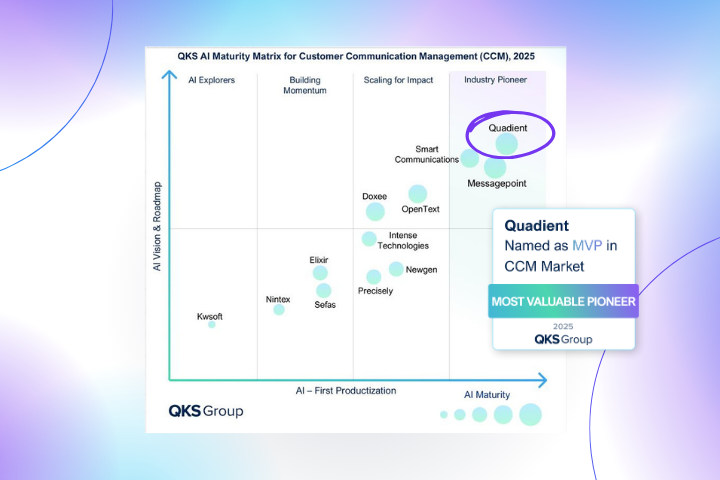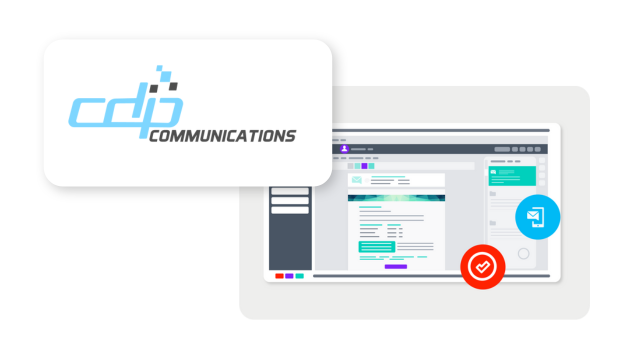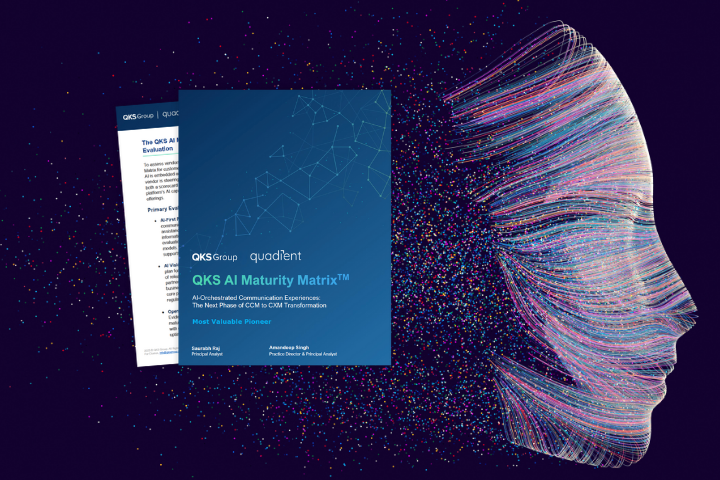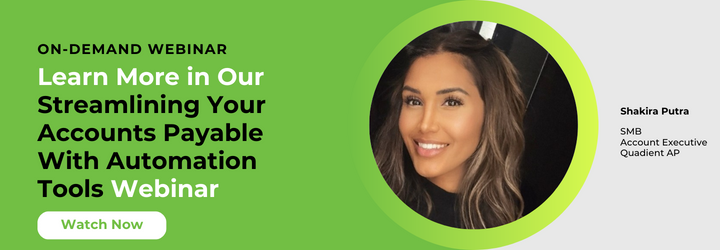
There’s an old story about cooking a frog. It suggests that if you attempt to toss a frog into a pot of boiling water, it will simply leap out. On the other hand, if you put it in warm water and just slowly increase the temperature, it will stay put until it is completely cooked.
Drains on your cash flow are a bit like the second scenario. Chances are you’d immediately notice if you started losing enormous amounts of money. But what about those little costs that slowly add up, sucking money from your cash flow until it’s reduced to a trickle? It’s financial death by degrees.
Can you afford manual processes?
Manual accounts payable is chief culprits when it comes to throwing away money. According to PYMNTS.com, the average mid-sized business spends USD $16 to manually process accounts payable, while a small business spends around USD $22.26.
Automating the AP process creates a net savings of between 60-70%
Of course, this number only gives you a surface idea of the cost associated with manual AP. To get a better picture, you have to look a little deeper.
- Labor – How much does manual AP cost in terms of labor? This can be figured by taking the number of employees required to process a single invoice, estimating the amount of time it takes to process, as well as the average hourly rate of pay. Multiply the three figures together to estimate the cost of labor. Of course, this becomes harder to do if there is a significant discrepancy in the hourly rate earned by the various employees involved.
- Infrastructure – The cost of processing a manual invoice doesn’t end with labor. You also need to consider the cost of the infrastructure needed to complete the process. To do so, take the annual cost of each tool used, break it down into a monthly amount, and then calculate the sum of each.
- Supplies - Related, but distinct from infrastructure, are the basic supplies needed such as ink, paper, envelopes, and stamps. While each individually likely represents a minor portion of your budget, they quickly add up.
- Transaction Fees – Finally, it’s important to consider any transaction fees you may encounter throughout the AP process.
Once you’ve calculated each of the above, you can add them together to get a rough idea of how much money manual accounts payable is costing your business.
Are you exposing yourself to risk?
Of course, the upfront costs are not the only potential area where businesses lose money with manual AP. There’s also the issue of fraud.
The typical U.S. business will lose roughly 5% of its gross revenue to fraud, with a median loss of USD $164,000.
When digging into cases of fraud, the Association of Finance Professionals found that 66% of organizations encountered fraud when using paper checks, a number significantly higher than that of other payment methods, like ACH, wire transfer, or credit card.
With these numbers in mind, it becomes clear that the use of paper checks and manual processes for AP is like willfully throwing money away.
What is your time worth?
When discussing cost, it’s also important to discuss efficiency and how much you value your team’s time. The simple fact of that matter is that manual accounts payable are slow and inefficient.
A paper check can take anywhere from 5-10 business days to clear after being mailed. During that waiting period, you’re left in cash flow limbo. The money sent isn’t really in your possession, but it hasn’t gone through either.
And that’s not the only inefficiency. Manual AP requires manual data entry. This typically involves jumping between different accounting systems, spreadsheets, and more. It eats up time and is prone to mistakes. A simple data entry error can even impact your cash flow, by making you overpay on an item or double pay an invoice.
71% of organizations say manual data entry and inefficient processes are their biggest challenge.
So, what’s the solution?
Adopting an automation solution reduces data entry by 83%. By embracing a solution that uses AI and machine learning, AP teams can also reduce errors in the process. Quadient Accounts Payable Automation by Beanworks software captures invoice data like line items with 99% accuracy. That means saved time on the front end, and on the back end, as representatives won’t have to burn hours fixing mistakes that were easily preventable.
It also allows for greater oversight and control of accounts payable, reducing the risk of fraud. Regulations can be built into the system requiring things like multiple signs off for invoices over a certain dollar amount. The software can also facilitate splitting up responsibilities so that the person who approves an invoice and the person who releases payment is not the same individual. The machine learning and AI also detect suspicious payment behavior, flagging it for further review.
By reducing your operational costs, cutting down on errors, and reducing the risk of fraud, automation is the single most valuable tool in protecting your cash flow on the accounts payable side of the business.









